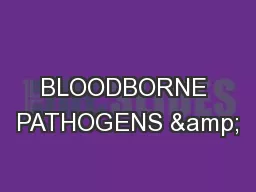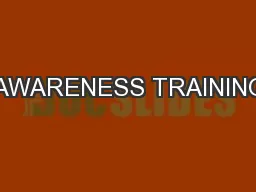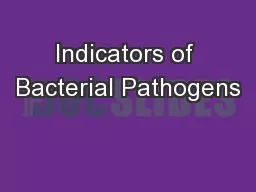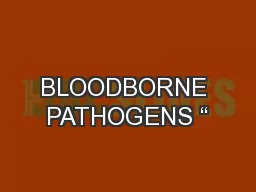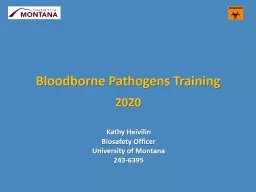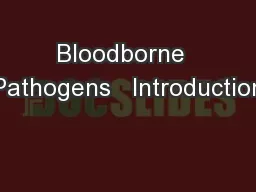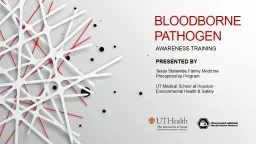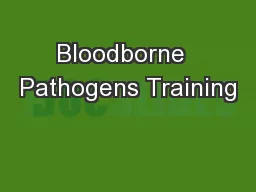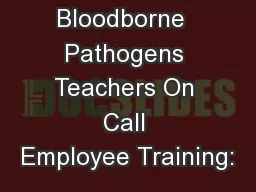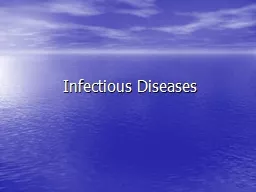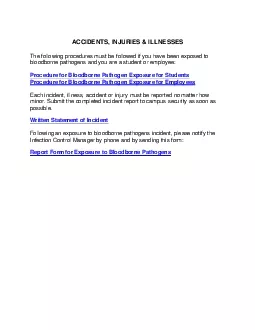PPT-BLOODBORNE PATHOGENS &
Author : lois-ondreau | Published Date : 2018-10-27
DISEASE TRANSMISSION Training for the Solid Waste Industry Why is This Issue So Important Solid waste personnel can be exposed to BBPs and other diseases through
Presentation Embed Code
Download Presentation
Download Presentation The PPT/PDF document "BLOODBORNE PATHOGENS &" is the property of its rightful owner. Permission is granted to download and print the materials on this website for personal, non-commercial use only, and to display it on your personal computer provided you do not modify the materials and that you retain all copyright notices contained in the materials. By downloading content from our website, you accept the terms of this agreement.
BLOODBORNE PATHOGENS &: Transcript
Download Rules Of Document
"BLOODBORNE PATHOGENS &"The content belongs to its owner. You may download and print it for personal use, without modification, and keep all copyright notices. By downloading, you agree to these terms.
Related Documents

